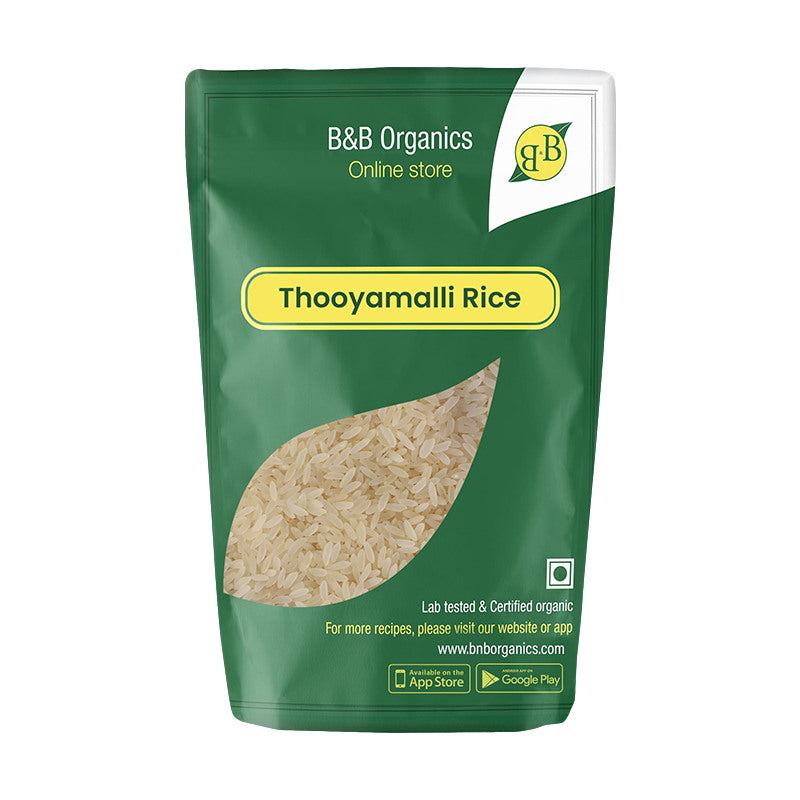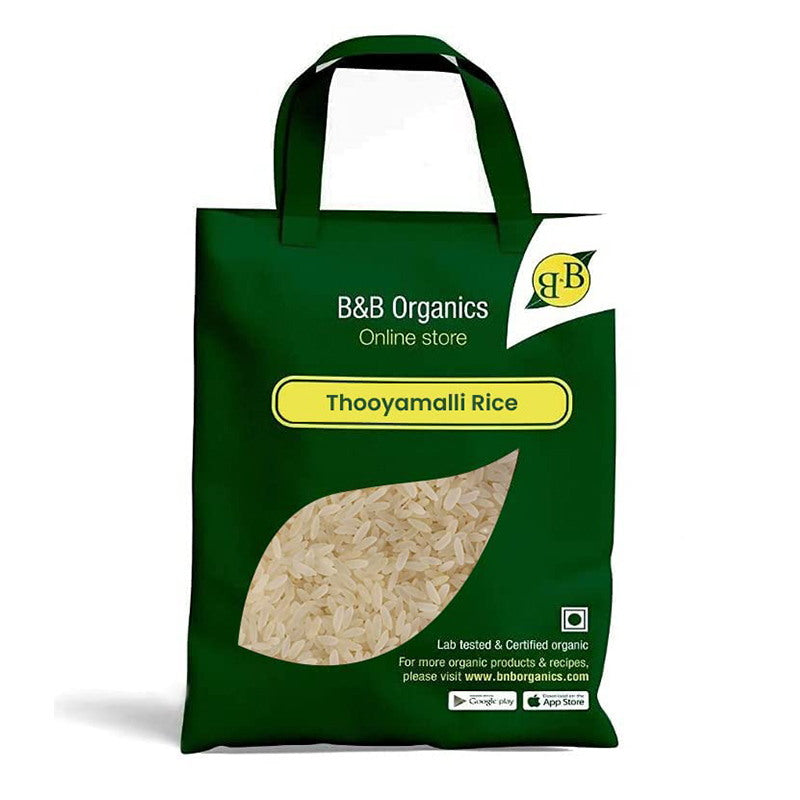The main difference between gingelly oil and sesame oil, even though they both derive from the same seed, is the method of extraction.
Gingelly oil is often confused with sesame oil, but the two are not identical. Gingelly oil is often referred to as til oil or Indian sesame oil. Read on to discover further about gingelly oil, its varieties, and the way it varies from sesame oil. Gingelly oil will be a lot better substitute for you if you desire the benefits of sesame oil but wish to get them through cooking. Due to the oil's smoke point, cooking is typically where the most variation can be observed. Gingelly oil is suitable for stir-fried foods and dinners due to its low smoking point. To add a lot of flavour to food, add it toward the end of the cooking process! While gingelly oil and sesame oil both come from the same seed, their manufacturing processes are significantly different. The biggest gap is that, albeit there is also a colour difference. Sesame oil has a lighter golden tone than gingelly oil.
Get to know the various varieties of gingelly oil.
Refined Gingelly Oil:

Refined gingelly oil has a milder aroma and a lighter appearance. The food that is cooked in it has no flavour. It is ideal for high-heat cooking techniques like deep frying as it has a greater smoke point than unrefined oil.
Unrefined gingelly oil:
This oil is unprocessed and unrefined and is derived from sesame seeds that have been widely cultivated and are not natural. Gingelly oil is rich in antioxidants, with the untreated form with the highest level. Unrefined gingelly oil has the lowest risk of spoiling or becoming rancid as a result. This specific gingelly oil has a notably nutty taste and is a light golden yellow colour. Due to its high smoke point, it is ideal for stir-frying. Unrefined gingelly oil contains large amounts of minerals like calcium, copper, magnesium, and vitamin B6 in addition to antioxidants.
Organic Gingelly Oil:
Organic gingelly oil is the term given to the oil produced from sesame seeds organically grown. These plants are grown without the use of pesticides or chemicals. These plants grow slower than non-organic crops as they are not given additives, and their production may well be decreased as a result. Most pricey among the group is organic gingelly oil.
Toasted Gingelly Oil:
Sesame seeds are processed to produce roasted gingelly oil, also called black gingelly oil. Its darker colour and rich nutty taste are similar to coffee. It is not suited for cooking as it has a low smoking point. It is often used as a flavouring in marinades, salads, and dips. It is occasionally applied to stir fries after they have been taken from the source of heat.
The traditional wooden chekku is used to extract gingelly, known as the "queen of oils." Sesame seeds and palm jaggery mix as the mixture is being pressed. It lends gingelly a beautiful golden colour and a sweet taste. After being exposed to sunshine for six days to dissolve the contaminants and decrease water content, the oil derived from the chekku is used. The oil was then purified and packaged.
Gingelly and sesame oils are significant sources of omega 6 fatty acids, vitamins, flavonoid phenolic antioxidants, minerals, and soluble fibre, that may have anti-cancer and health-promoting effects.















